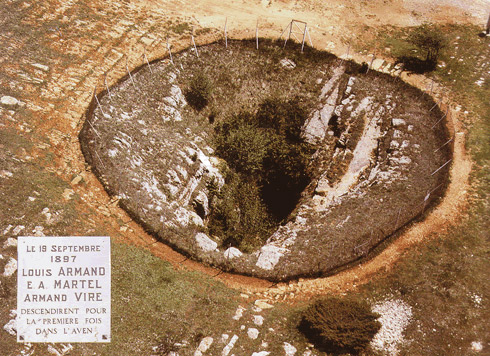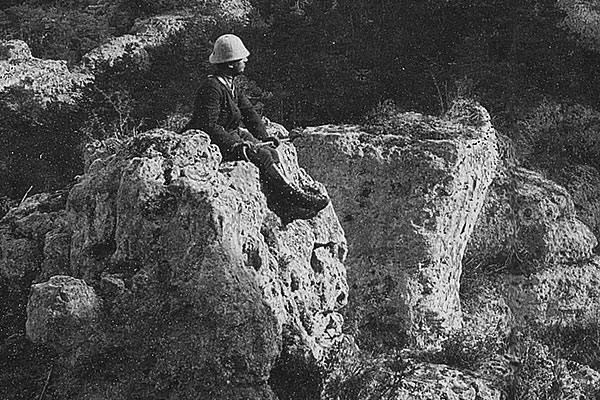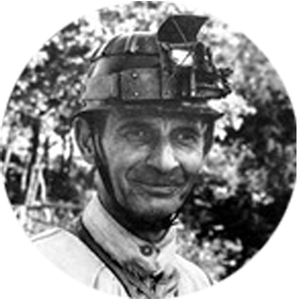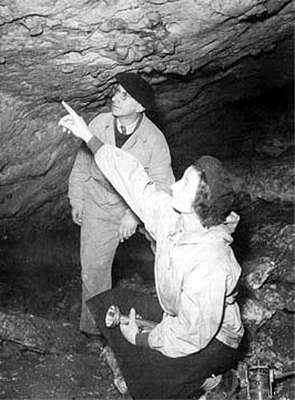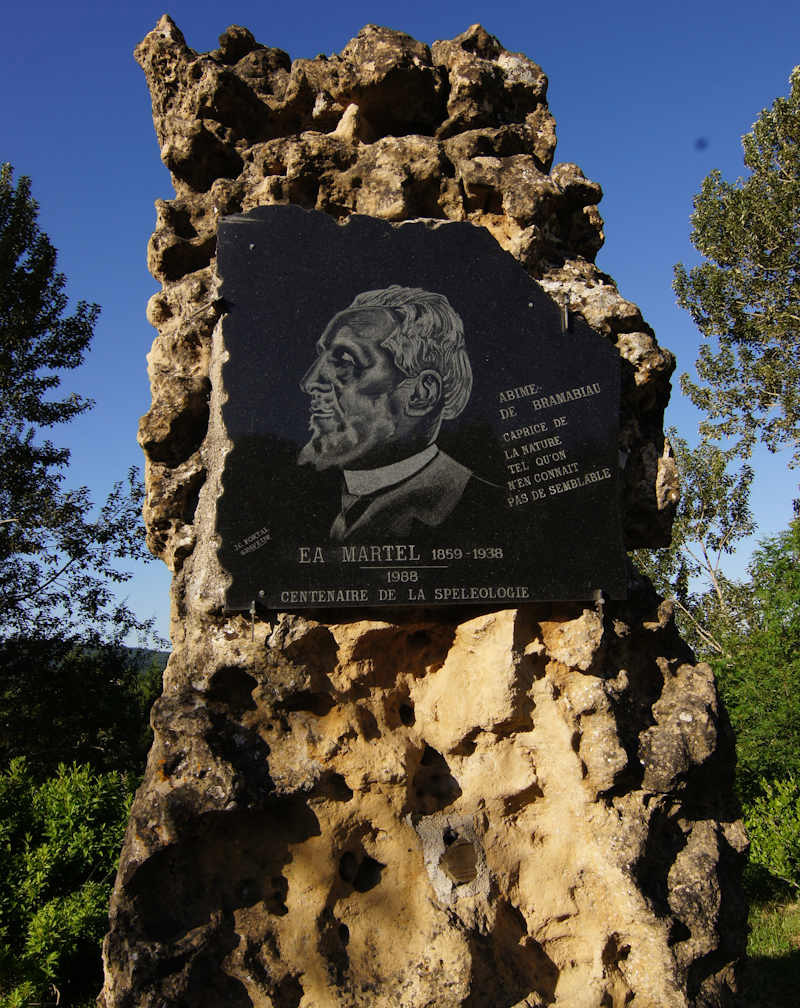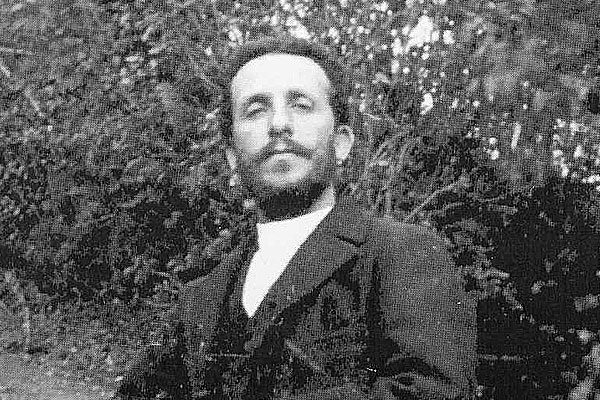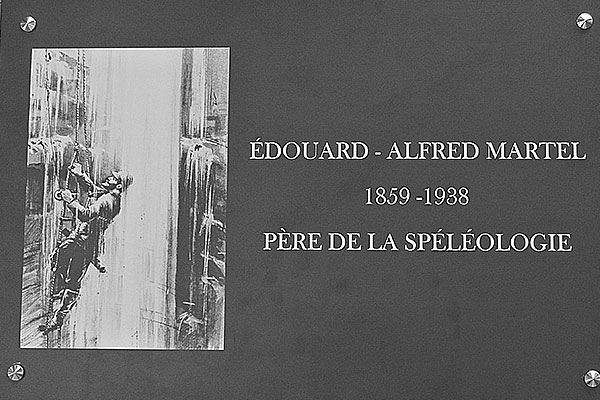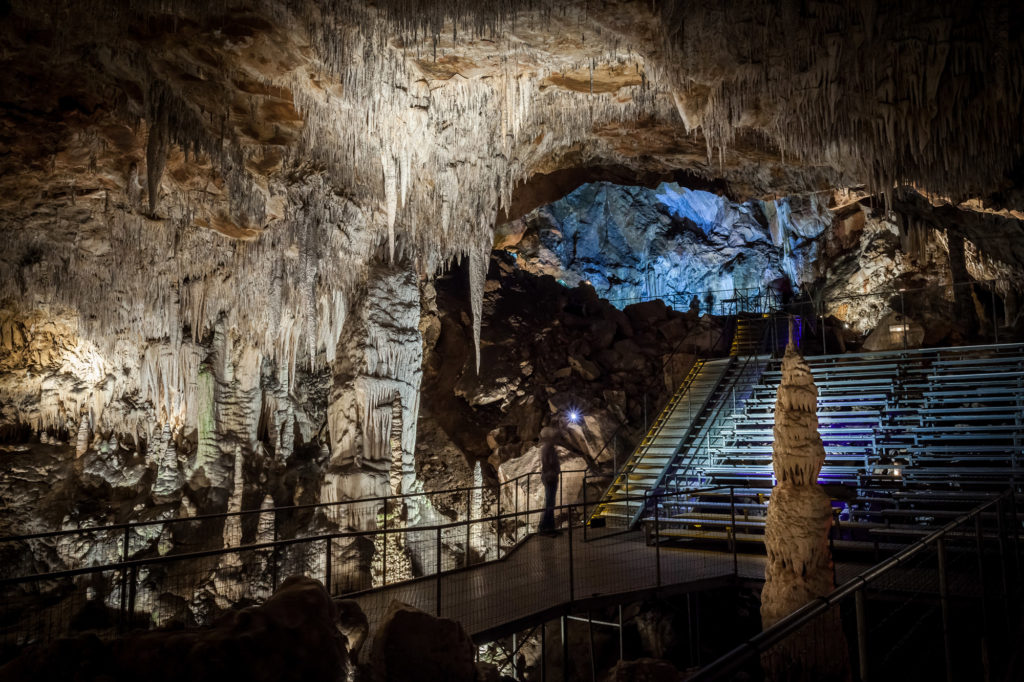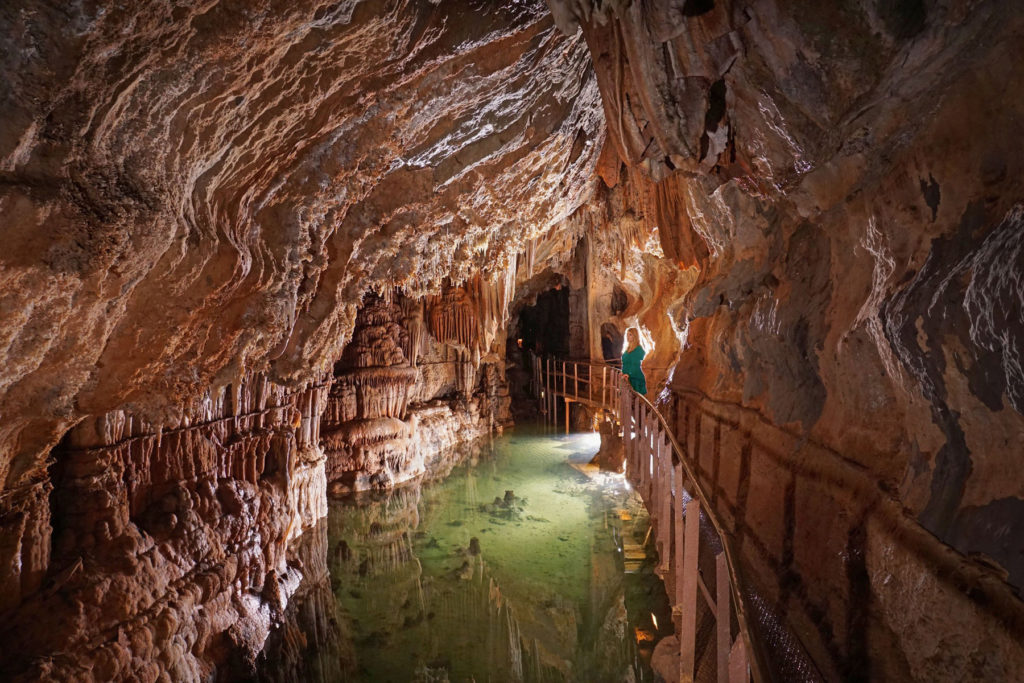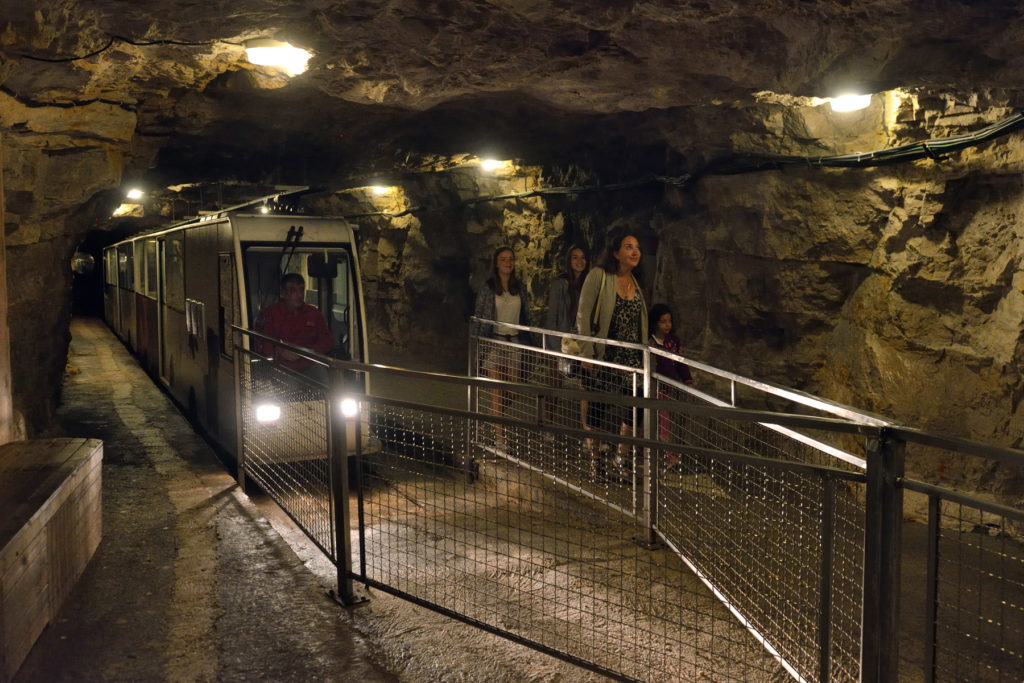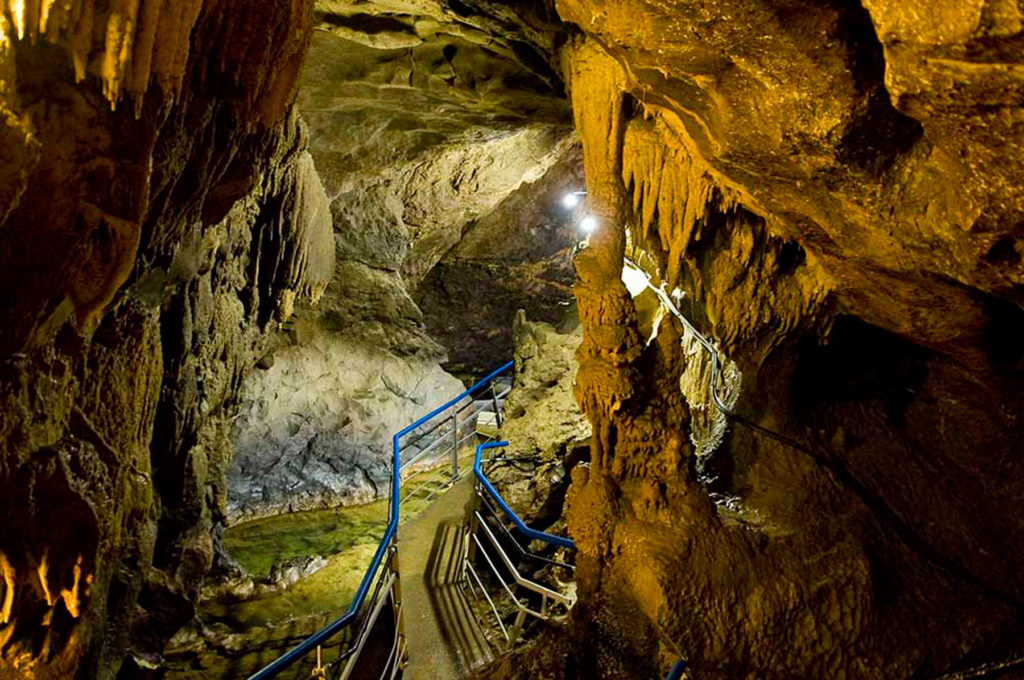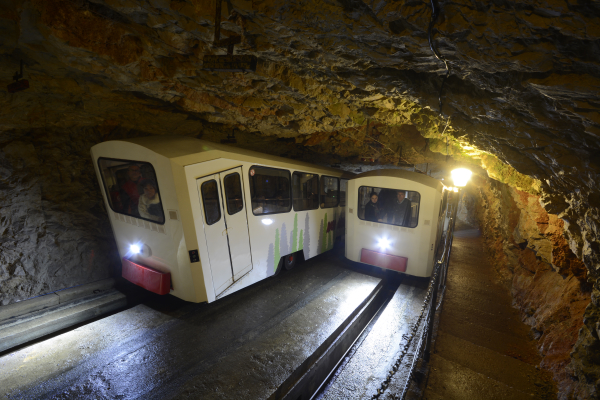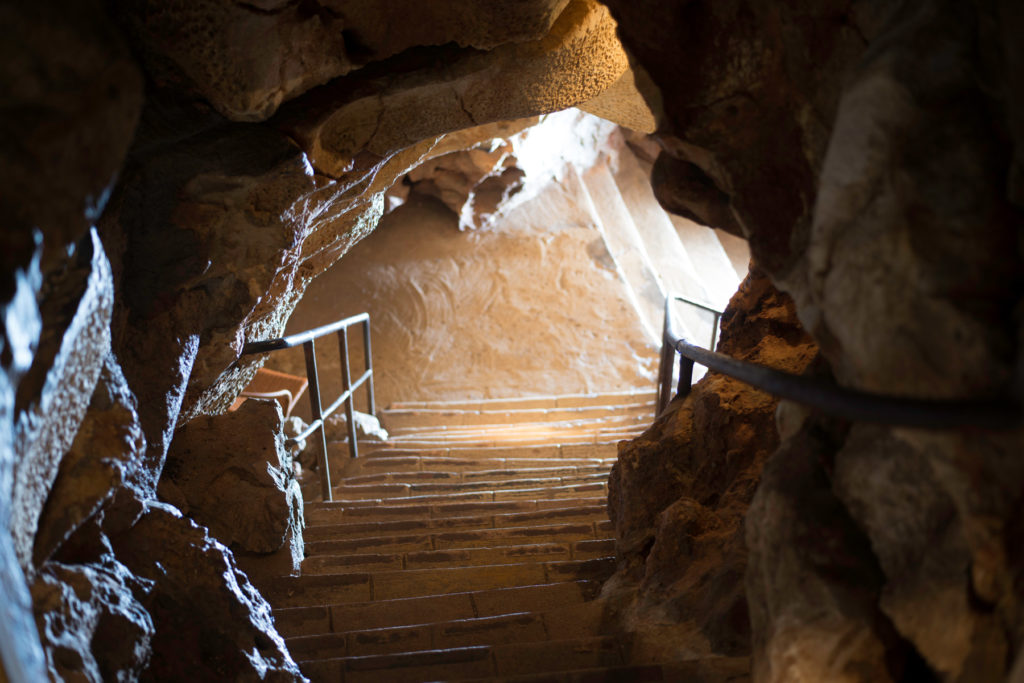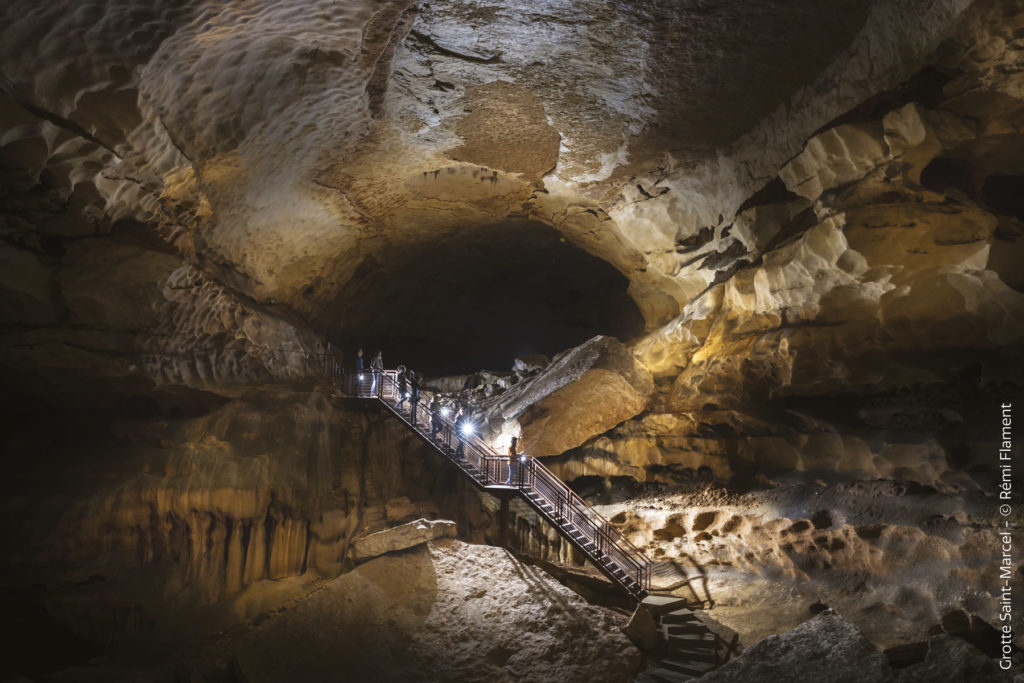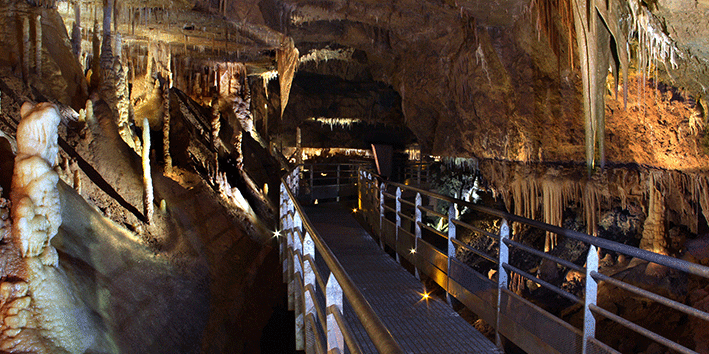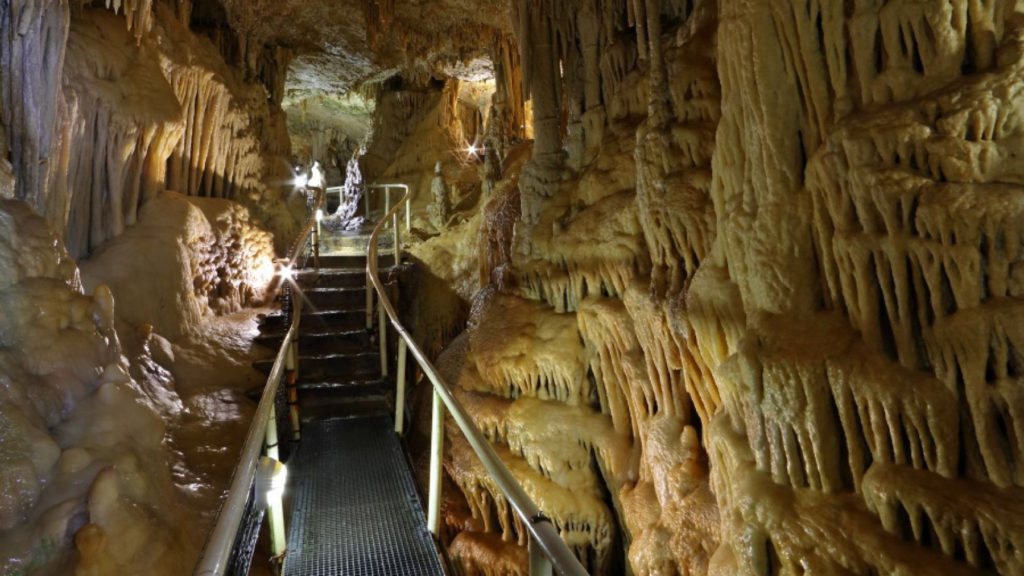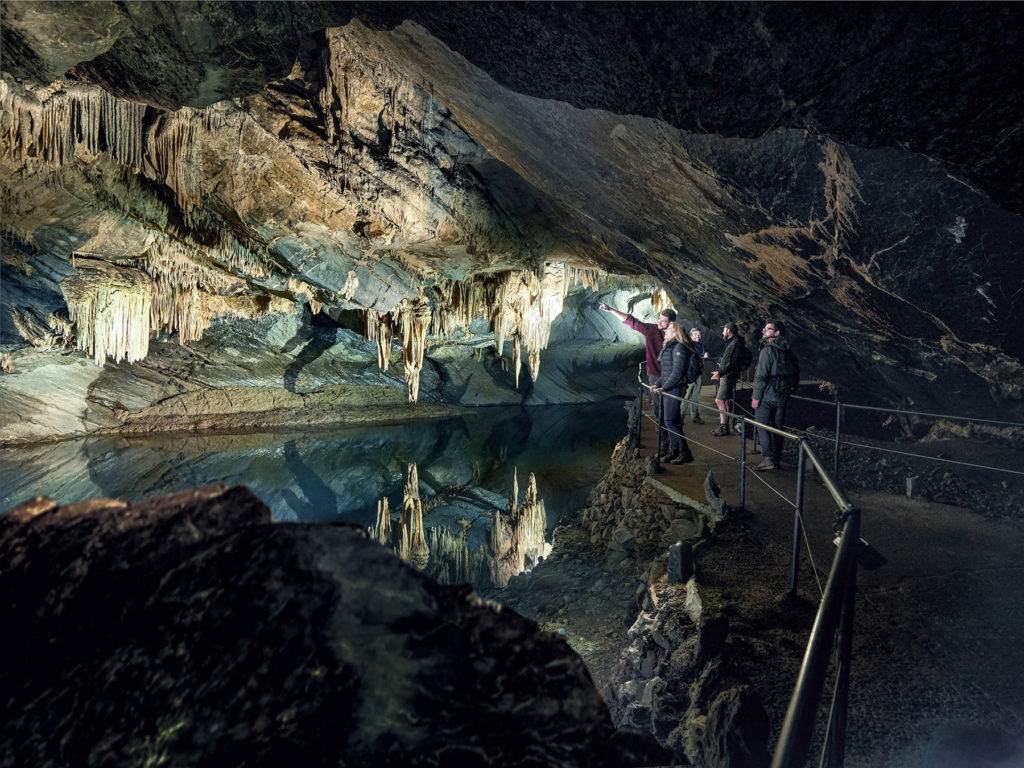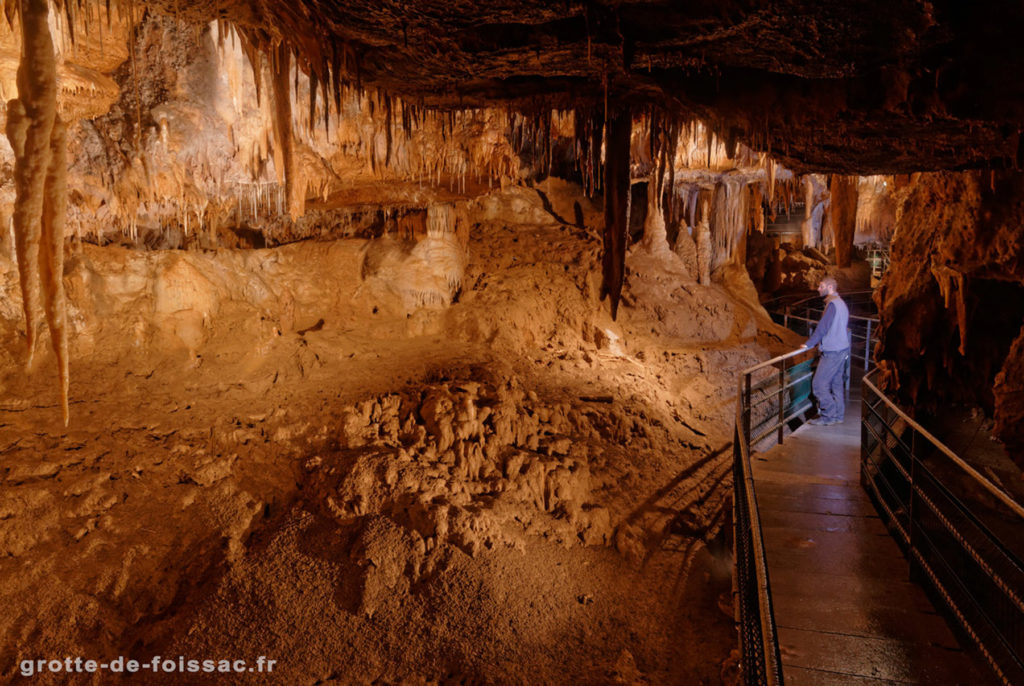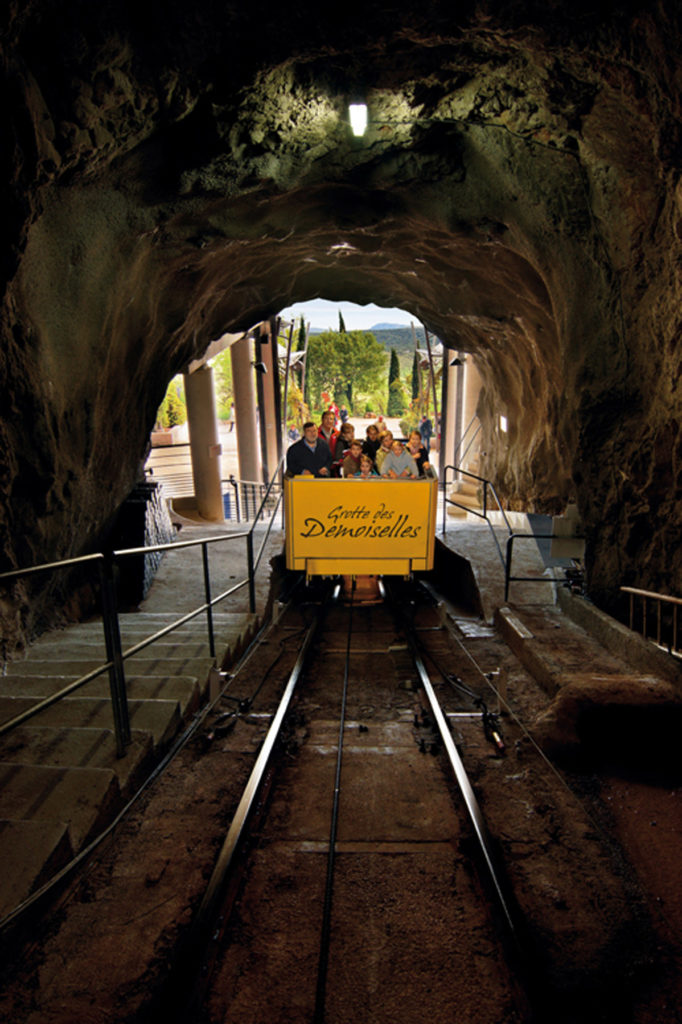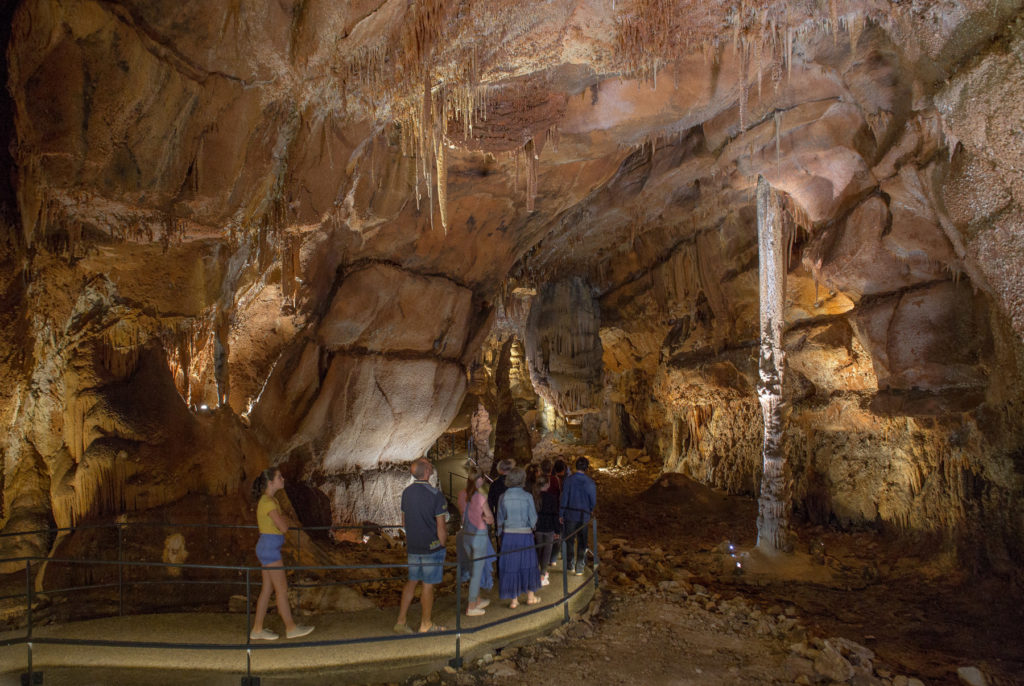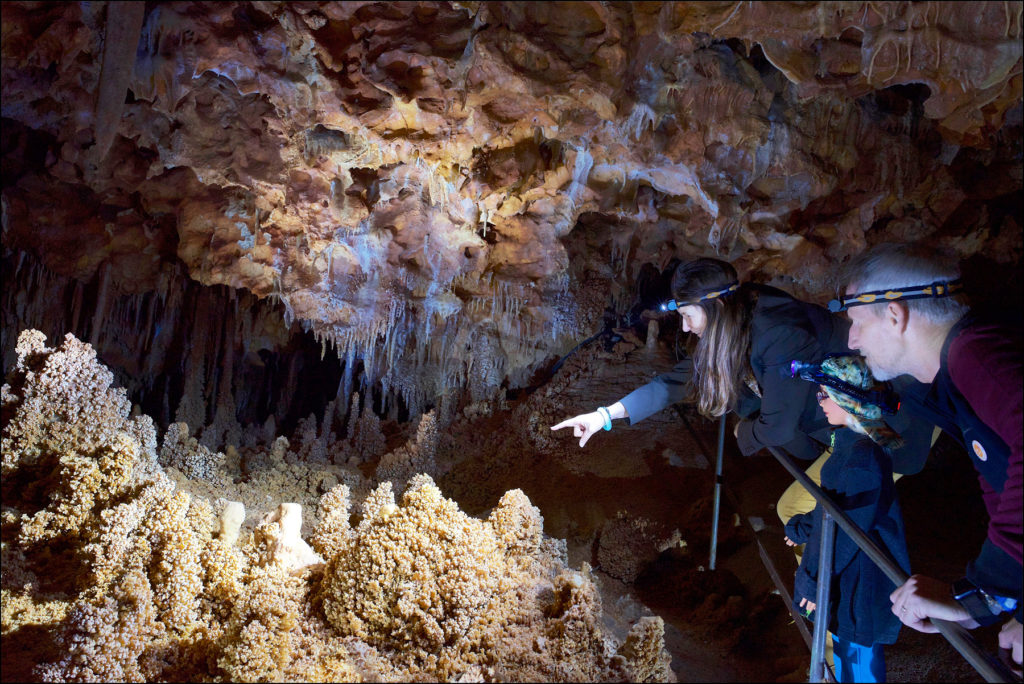A bit of history
It was in France that at the end of the 19th century, under the leadership of E.A. MARTEL and then R. JOLY, underground mining developed into modern speleology.
At the same time, the lay out of some of caves discovered facilitated public access.
Édouard Alfred Martel (1859 – 1938)
In order to better understand the subterranean world, he dedicated his life to the discovery, exploration and study of caves, chasms and canyons in France, Europe and the United States.
Thanks to this, he was the discoverer of several remarkable sites such as the Abyss of Padirac, the Abyss of Bramabiau, the Aven Armand, the Dargilan Cave, the Grotte des Demoiselles, etc…
Then, he was the first to consider this activity under the scientific aspect and became the founder of modern speleology.
Martel wished that these places could be arranged and visited by everyone.
After have discovered those magnificient underground landscape, he wanted to make discover and share this unimaginable natural and cultural heritage, to make discover the works of art of nature and our ancestors. And thus, to make the general public aware of the importance of preserving the environment as a whole.
French underground tourism is the first in Europe.
Today, with more than a hundred developed natural cavities, welcoming nearly six million visitors annually, French underground tourism is the largest in Europe.
It is located at the level of the two other large countries of developed caves: the U.S.A. and China. The A.N.E.C.A.T. gathers 70% of the caves, chasms, caverns and underground rivers in France, 25% of which are prehistoric sites.
Its richness and diversity make this underground heritage an authentic ecomuseum, an inexhaustible “library” open to the geological and biological past and the anthropisation of our planet.
That is why this site invites you to discover all these wonders hidden in the heart of the French regions. The sites benefit from a development that guarantees the protection and conservation of this exceptional heritage.
